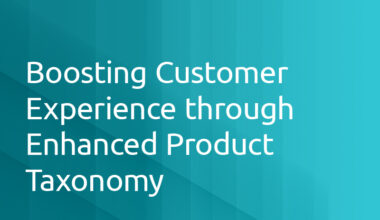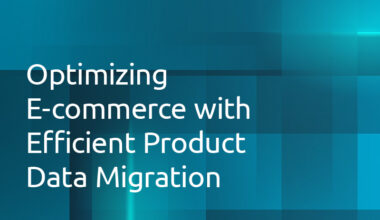The rapid ascent of e-commerce has brought forth an avalanche of data for online retailers. From browsing patterns to purchasing histories, retailers are drowning in a sea of information that, without proper structuring, can overwhelm rather than enlighten. Here’s where data aggregation steps in, turning this chaos into actionable clarity.
- What is Data Aggregation?
In the realm of e-commerce, data aggregation refers to the process of collecting, processing, and presenting data in a summarized format. It brings together data from disparate sources and presents it in a unified, organized manner. This can range from consolidating sales data across various platforms to combining customer feedback from multiple channels.
- The Need for Aggregation in E-commerce
Overwhelming Data Streams: E-commerce businesses often operate on multiple platforms, run numerous campaigns, and interact with customers across various touchpoints. This results in scattered, often redundant data.
The Quest for Insight: Raw data can be hard to interpret. Aggregated data, on the other hand, is presented in a more digestible format, often highlighting trends, patterns, and anomalies.
Streamlined Operations: By aggregating data, e-commerce operations can be more streamlined. Stock management, sales predictions, and customer service can all benefit from a clear picture of ongoing business activities.
- Steps to Effective Data Aggregation
- Define Your Goals: Understand what you aim to achieve. Is it to identify best-selling products, understand customer behavior, or predict sales trends?
- Identify Data Sources: From CRM systems to social media channels, list out all possible sources of data relevant to your goals.
- Choose the Right Tools: Numerous data aggregation tools are available in the market. Select one that aligns with your e-commerce platform, scalability needs, and budget.
- Cleanse and Process: Before the aggregation process, cleanse the data to eliminate redundancies and inaccuracies.
- Aggregate: Use algorithms or tools to collate and summarize data.
- Visualize: Use dashboards, charts, or graphs to visualize aggregated data for better comprehension.
- Challenges in Data Aggregation
- Data Security: With data breaches becoming more common, ensuring the security of aggregated data is paramount.
- Data Privacy: Respect privacy laws and consumer rights when collecting and processing data.
- Integration Issues: Not all platforms or tools easily integrate, which can hinder seamless aggregation.
- The Benefits of Aggregation
- Informed Decision-Making: With a clearer picture of business activities, retailers can make informed, data-driven decisions.
- Improved Customer Experience: Understanding customer behaviors and preferences can lead to a more tailored shopping experience.
- Efficient Resource Allocation: Knowing which products are in demand or which marketing channels are most effective helps allocate resources wisely.
- Case in Point
Imagine an online clothing retailer operating on multiple platforms: their own website, a mobile app, and several online marketplaces. Each platform produces sales data, customer feedback, and browsing histories. Through data aggregation, this retailer can get a holistic view of their performance across all platforms, allowing them to strategize more effectively for marketing campaigns, stock inventory, and even design new clothing lines based on popular demand.
In the fast-paced, ever-evolving world of e-commerce, clarity is power. Data aggregation acts as a lighthouse, guiding retailers through the murky waters of raw data, leading them towards insightful, actionable clarity. By harnessing this power, e-commerce businesses can stand out in a crowded marketplace, offering unparalleled value to their customers.
If your business needs support with data aggregation, contact us to find out how our data experts can help.
 1.416.619.5349 Ext.325
1.416.619.5349 Ext.325 







